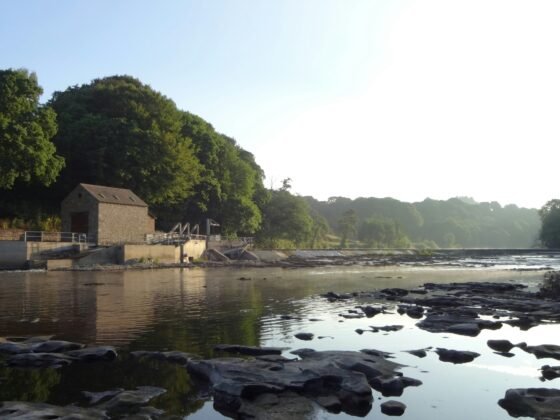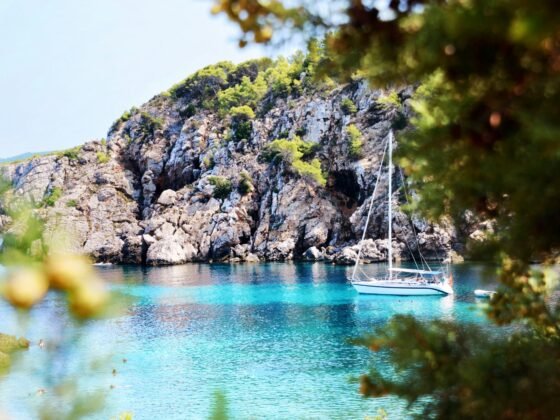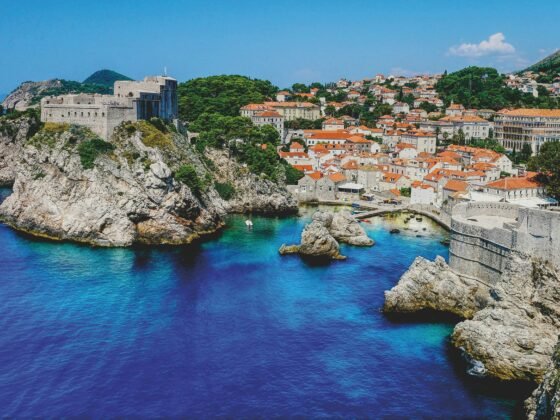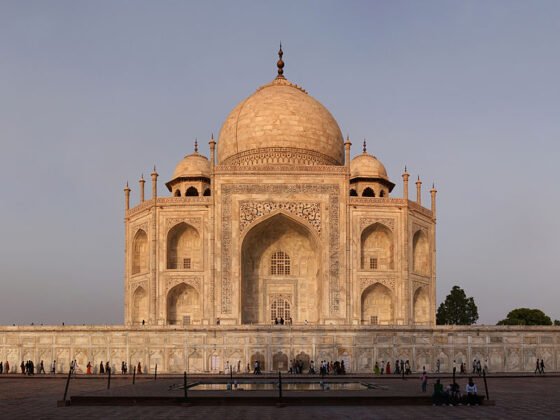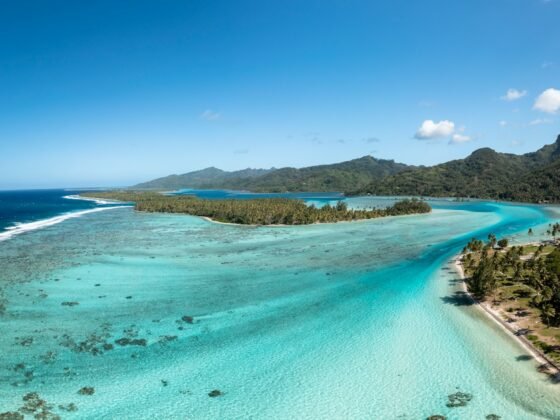Guatemala Holidays – Tours & Adventure Travel Guide
PureTravel Says
“Guatemala is a small country in North Central America. It became a Republic in 1839. It covers 100,000 km2 and is about the same size as the country of Portugal. The estimated population is 14.8 million, with almost a million people living in Guatemala City. The capital city is Guatemala City, which is in the center of the country. It suffered major earthquakes in 1917 and 1918 and has since been rebuilt. Spanish is widely spoken, but some pronunciation differs from other Central American countries.”
-----------------------------------------------------------
Overview
The word ‘Guatemala’ means ‘Land of Many Trees’. It is a popular destination for visitors, particularly those looking for active adventure holidays. Some of the highest mountains and volcanoes in the whole of Central America are found here, along with many archeological treasures. Guatemala offers untouched rainforest along the lowlands and pine forests on the high mountains. There is an abundance of wildlife to see.
It is generally considered a safe place to travel, and the usual precautions are recommended. The civil war is over and there are no guerillas or refugees. Bandits may occasionally rob travelers, but they rarely do any physical harm. Some areas are notorious for bandits and armed guides are advisable on these routes.
Surface water is very scarce due to the porous limestone and is often badly polluted. Buy and drink bottled water only, which is readily available in towns and at roadside stalls and cafes. The sun can be very strong, especially in the clear Highland air, so wear a brimmed hat, strong sun cream and sunglasses. Also check the latest advice on any vaccinations which may be needed If you are traveling in the wet season, you may want to take a course of malaria tablets.
The local currency is the Quetzal. US dollars are also acceptable in most places, in small denominations. Traveler’s checks and ATM machines are a good and safe way to carry and obtain currency. Food and accommodation is very cheap in Guatemala. Travel by bus is also cheap; allow about a US dollar an hour. Tipping for service is rare but is always appreciated.
Visitors to Guatemala automatically receive a three-month stay upon arrival at the airport. There is a departure tax, check for the latest advice.
-----------------------------------------------------------
Culture
Guatemala is the site of Mayan civilizations, which date back to 1500BC. Guatemalan indigenous culture is ever present. From the huge local market at Chichicastenango to the Mayan temples at Tikal there are many beautiful places to experience Guatemala’s inheritance and culture.
Many Guatemalans still wear traditional native costumes and speak local languages. The colorful markets are an excellent place to see the culture and crafts of these interesting people.
-----------------------------------------------------------
When to Go
The best months to enjoy an active adventure holiday in Guatemala are November through February. These are the dry months, particularly in the highlands. Temperatures year-round are spring-like in the highlands, above 1,500 meters. The views can however be a little hazy.
The hottest months are March to May, but the highlands are still pleasant. The rainy ‘winter’ season is from June to October, with rainfall the heaviest in September and October, when there may be tropical storms.
The Peten area is dry and hot from November onwards, but can be muddy through until January. Rain is possible year-round in the lowlands, but the driest and coolest months are still November through February. Certain valleys in the interior are hot all year round and have a dry desert-like climate.
-----------------------------------------------------------
Guatemala Holidays In Focus
-----------------------------------------------------------
Culture & History
Lago Atitlan - A huge lake on a popular volcano hiking route. It is in the rim of a volcano, (a caldera). It can be busy, as it is a popular day trip destination. There is a pass through the rim at San Lucas Toliman, which gives access from the Csrretera Pacifico (Cruce Cocales) on a well-graded and attractive climb. Several other routes involve steep climbs and difficult loop roads.
This visit involves a moderate climb out of Guatemala City of about 500 meters and a further steep drop down into Antiqua for cyclists and walkers. It is advisable to use a local guide for protection from bandits on this route.
The city itself has a host of colorful streets with typical old Spanish architecture. There are ornate archways, balconies and beautifully carved ruins. Arched walkways are the most noticeable feature at the Government buildings and Police Station. There is also a beautiful cathedral dating back to 1545AD in the central square.
Peten - Visited for its Mayan ruins and for the jungle wildlife. The wildlife reserves here are well managed. You will see spider monkeys, coatis, toucans, turkeys and thousands of parrots very easily.
Tikal - Considered one of the world’s wonders. The towering pyramids loom out of the jungle, making a strange and incongruous sight. It attracts archeologists from all over the world and is an UNESCO Site of Heritage of Humanity. There are more than 3,000 structures over six square miles, including palaces, temples, ceremonial platforms, ball courts and steam baths. Tikal dates back to around 600BC.
Take a guided tour at sunrise and see the sun rise from the tallest temple – a very special experience.
Ruined Temples - The giant sculptures of La Democracia are one of Guatemala’s archeological unknown treasures.
Mayan Ruins - There is a wonderful collection of Mayan ruins at Quirigua. There are the remains of a ball game court, steps leading up to the Temple ruins, and many intricately carved Stellars. There are bats in some of the ruined temples. If you are unfortunate enough to get bitten, by law you must return to Guatemala City for a rabies check.
-----------------------------------------------------------
Wildlife & Nature
Bird Watching - Guatemala is rich with birdlife. Several hundred species can be seen here, including the spectacular Quetzal, the national bird of the country. Cloudforests, rainforests and pineforests give ideal nesting sites for many birds including Guans, the mountain Trogon, Pink-headed Warbler, Blue throated green Motmot, Hairy Woodpecker and a host of colorful darting hummingbirds.
Along the coast there are Kingfishers, Toucans and Macaws. There are several companies, which offer bird watching tours for the day. One of the best places for bird watching is at Tikal. You will see many colorful birds including toucans, turkeys and thousands of parrots very easily.
Animals - There is a host of wildlife to enjoy from the forests and mountains right down to the coast. You will see and hear screeching Howler Monkeys, squawking parrots in the trees, white lipped peccary, brocket deer, coatimundis, toucans, scarlet macaws, parrots and even ocelots and jaguar.
-----------------------------------------------------------
Adventure & Activities
Walking and Hiking - Hiking up the volcanoes is a wonderful way to experience the wonderful natural beauty of Guatemala. The best known hikes are in the area around Antigua and Lago Atitlan. However it is advisable to book an armed guide from a reputable agency beforehand. Bandits do prey on unsuspecting hikers in these areas, and accomplices may offer their services as unofficial guides, so beware.
Some routes for hiking include the route to Honduras via Chiquimula in the esstern highlands, or the unpaved but popular route via Copan. The jungle route from Corinto, Honduras to Puerto Barrios is also popular. Other main roads will take visitors through attractive villages, beside the volcanic black sand beaches or up into the highlands.
Favorite spots for visitors include Lago Atitlán, Antigua, Chichicastenango and Xela (also called Quetzaltenango). These places are heavily influenced by the tourist trade and are not always the unspoiled, natural Guatemala that you may wish to enjoy off the beaten track.
It may be cold at night at higher altitudes and frost may be possible. You will need a good suntan lotion for daytime, and insect repellant is a must. Wear a broad brimmed hat and sunglasses for protection, as the sun can be strong even in the highlands. Altitude sickness is possible for the hiker, especially above 4,000 meters.
Camping - There is very little accommodation off the beaten track so camping is essential. For the best advice, seek a local reputable tour operator who will have plenty of local knowledge. There is a supervised campsite at Tikal.
A petrol-fuelled stove is best, as it is almost impossible to buy methylated spirits. There is no camping gas or paraffin available either. Another good option is to gather firewood and make a campfire. Always sleep under a mosquito net in the wet season. This will also protect you from being bitten by vampire bats.
Cycling Holidays - Although some parts of Guatemala are mountainous, cycling holidays are popular here. Mountain biking allows visitors to see and experience all the countryside at a steady pace. Many roads are rough and unpaved, but are reasonably well compacted for cycling. There are very few signposts, but the friendly locals are always happy to give directions. Major routes tend to have speed bumps, which indicates you are on the right road. Maps tend to be very inaccurate for showing minor roads, as many have been rebuilt on totally different routes.
Apart from the severe speed bumps, other hazards to look out for when cycling are rough cobblestones in the local villages, drainage covers which my become wheel traps, and huge wash-outs called ‘Hundimientos’. There are bike shops, which offer basic spare parts and services. Buses will carry bikes, but they do charge tourist prices for the service.
The best months to cycle here are November through February as temperatures are pleasantly cool. September and October are the wettest months with many roads becoming impassable, even for vehicles.
-----------------------------------------------------------
Top Tips
- Use a guide from a reputable agency for safety and protection when climbing the volcano trails. Bandits can prey on unsuspecting hikers in these areas, and accomplices may offer their services as unofficial guides, so beware.
- Pre-book your accommodation in Guatemala City if you arriving late in the day, and stay away from certain zones after dark.
- Do not take photographs of local people or their property without first gaining their permission, and possibly paying a fee.
- US dollars are also acceptable in most places, in small denominations. Traveler’s checks and ATM machines are a good and safe way to carry and obtain currency.
- Tipping for service is rare in Guatemala, but is always appreciated.
- Surface water is very scarce due to the porous limestone, and is often polluted. Buy and drink bottled water only, which is readily available in towns and at roadside stalls and cafes.
- Always sleep under a mosquito net in the wet season. This will also protect you from being bitten by vampire bats.
- Always wear a sun hat and sunscreen. The sun is very intense even in the highlands.
- Carry a Spotter’s Guide to identify the many animals and birds you will see.
- Never hike, climb or trek by yourself. There are countless dangers and you may need help.
- If you are hiking, take time to acclimatize to avoid unnecessary altitude sickness.
- Wear loose cotton clothing, and cover your arms and legs to avoid insect bites if you are hiking. Carry warm clothing for cooler nights.
- There is a departure tax, check for the latest advice.


